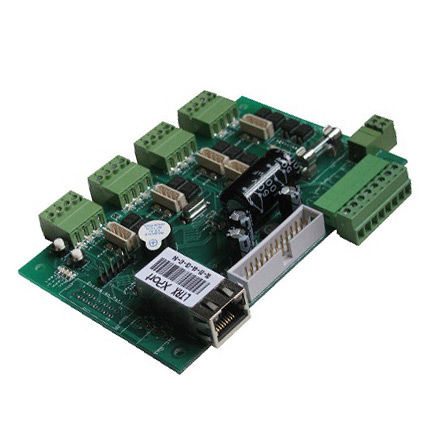

The Advantages of Curved Insulated Glass Units in Modern Architecture
In the realm of modern architecture, the integration of curved insulated glass units (CIGUs) has emerged as a groundbreaking innovation. These units, which combine the properties of insulated glass with a curved design, are not only aesthetically pleasing but also offer numerous functional benefits. As architectural design continues to evolve, understanding the advantages of CIGUs becomes essential for architects, developers, and builders alike.
Aesthetic Appeal
One of the most striking features of curved insulated glass units is their ability to enhance the visual appeal of a building. Unlike traditional flat glass, curved glass allows for fluid lines and a sense of movement in the structure. This can be particularly advantageous in creating a unique architectural identity, making buildings stand out in urban landscapes. Curved glass facades can achieve dramatic effects, transforming the way light interacts with the built environment, leading to intriguing reflections and shadows that change throughout the day.
Energy Efficiency
Energy efficiency is a critical concern in modern construction, and curved insulated glass units help address this issue effectively. These units are designed with a sealed air space between two or more layers of glass, which acts as an insulating barrier. This design not only improves thermal performance but also significantly reduces energy costs associated with heating and cooling buildings. By minimizing heat loss in winter and heat gain in summer, CIGUs contribute to more sustainable building practices and can even help in achieving certifications like LEED (Leadership in Energy and Environmental Design).
Enhanced Comfort

The use of curved insulated glass units also leads to improved comfort for building occupants. Traditional glass windows can create cold spots and drafts, particularly in climates with extreme temperature fluctuations. CIGUs, with their insulating properties, help to create a more consistent indoor climate, ensuring that spaces remain comfortable throughout the year. Additionally, the increased natural light that curved units provide can improve the overall ambiance of a space, boosting mood and productivity among occupants.
Structural Integrity
Curved insulated glass units are engineered to provide enhanced structural integrity. The bending process involved in creating these glass units helps distribute loads more evenly, allowing for larger spans without compromising structural safety. This feature is particularly beneficial in skyscrapers and other large structures where both aesthetic appeal and structural performance are crucial. Furthermore, advances in glass technology have made it possible to produce curved glass that is both lightweight and durable, ensuring longevity and reduced maintenance costs.
Versatile Applications
The versatility of curved insulated glass units makes them suitable for a variety of applications. From corporate headquarters and retail spaces to residential homes and cultural institutions, these glass units can be integrated into any architectural vision. Their ability to achieve clean, minimalist lines while maintaining functionality allows architects to explore innovative design solutions without the limitations imposed by traditional flat glass.
Conclusion
In conclusion, curved insulated glass units represent a significant advancement in architectural design, blending aesthetic beauty with functional efficiency. As sustainability becomes increasingly important in construction, the energy-saving properties of CIGUs cannot be overlooked. With their ability to enhance comfort, provide structural integrity, and offer versatile applications, curved insulated glass units stand as a testament to how innovative materials can transform the built environment. As we look to the future of architecture, embracing such advancements will be crucial in creating spaces that are not only visually stunning but also sustainable and efficient. The opportunities for creativity and innovation in architecture are endless with the integration of curved insulated glass units, paving the way for a new era of design.